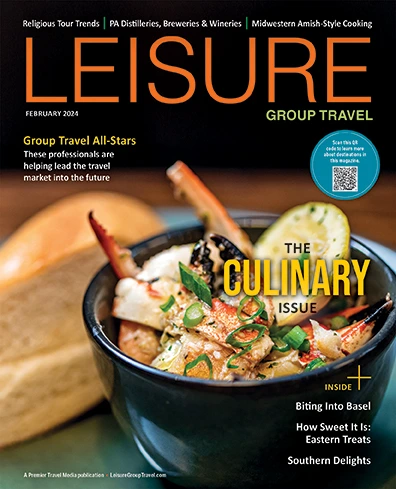Exciting events and openings are happening statewide There are always big...
Accommodations
Activities
Affinity Travel
Cruises
Food & Beverage
Entertainment
History & Heritage
Outdoor & Adventure
Rail Experiences
Itineraries
Site Inspections
Travel Guides
Featured
Spotlight on Exceptional Destinations, Experiences, and Insider Tips
Industry Commentary & Advice
Insights and Expert Guidance to Navigate the Ever-Evolving Travel Landscape
Is Luxury Travel a Good Fit for Your Group?
Two family travel experts clear up misconceptions about luxury travel and...
Elevate Your Group Travel Experience – Subscribe Today!
Search Our FREE Itineraries or Browse the Latest Below
Trending & Popular
Embark on Journeys That Are Making Waves

Communing with the Past at Manhattan’s Algonquin Hotel
With a cat named Hamlet in a supporting role, a legacy of arts and literature takes center stage at this NYC landmark steps away from the lights of Broadway

Excellent Aquatic Adventures in Great Rivers Country
Hit the Rapids & Hike the Bluffs in this picturesque part of Illinois Few...

Why Esports Tourism is On the Rise
According to Pew Research, the market for this spectator esports is growing rapidly, and its value is estimated to rise from $4.4 billion to $33.38 billion between by 2032.
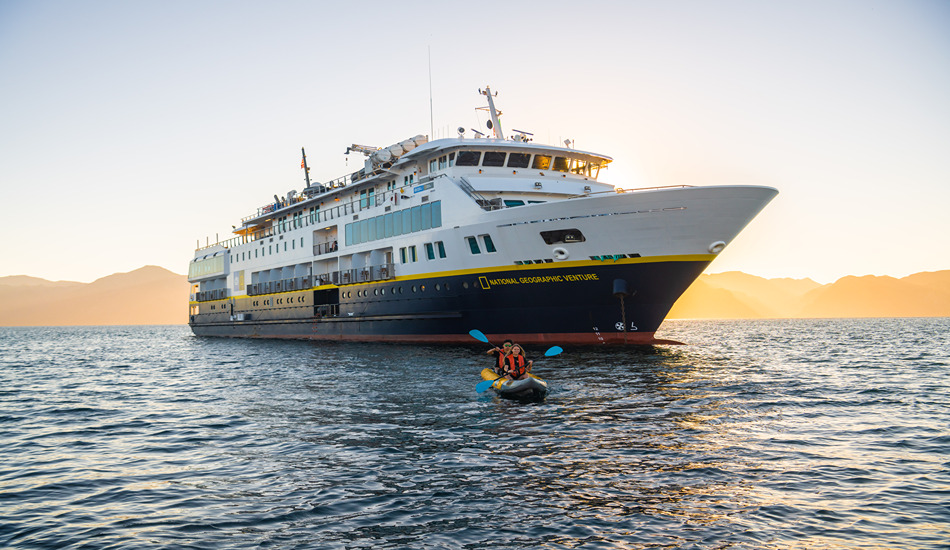
Exploring The Wonders Of Baja California With Lindblad Expeditions-National Geographic
Lindblad Expeditions–National Geographic’s expedition voyages offer
wildlife encounters, active adventures, outstanding enrichment programs and
memorable cultural interactions
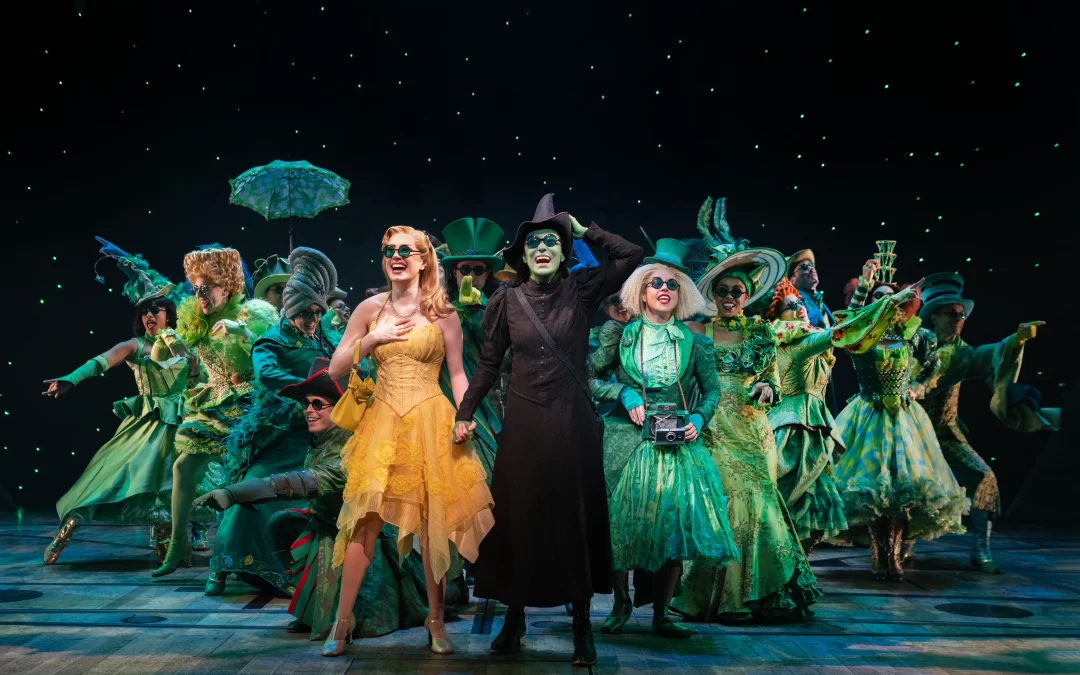
Perks of Getting Your Broadway Tickets in Advance
The appeal of Broadway knows no bounds, inspiring audiences from all different...

Experience a Slice of Life in Baton Rouge
As the capital city of Louisiana, Baton Rouge is the heart and soul of the state’s eclectic culture.
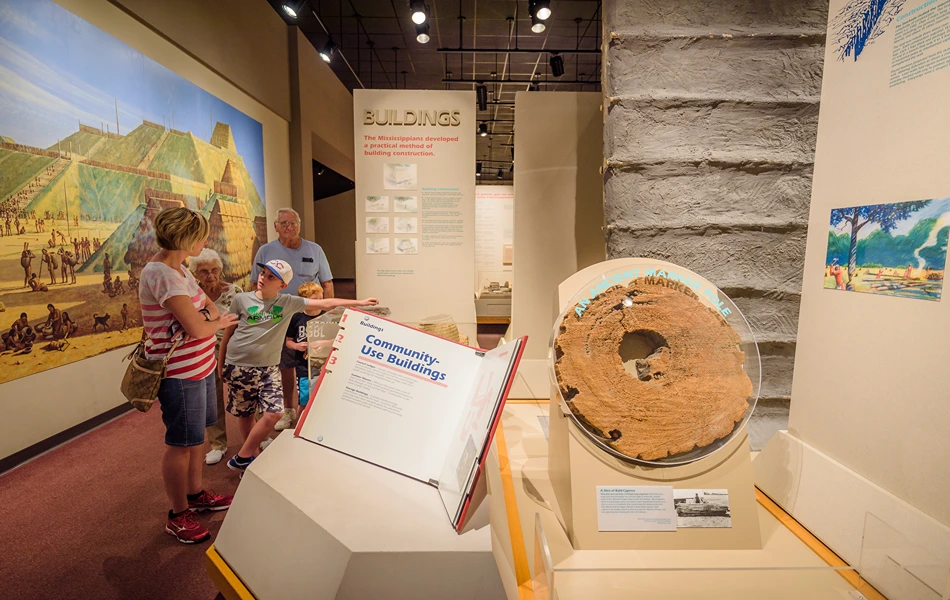
Exploring the Midwest’s Indigenous Heritage: A Journey Through Culture and History
Pay a visit to the Midwest and see first-hand the rich tapestry of Native...
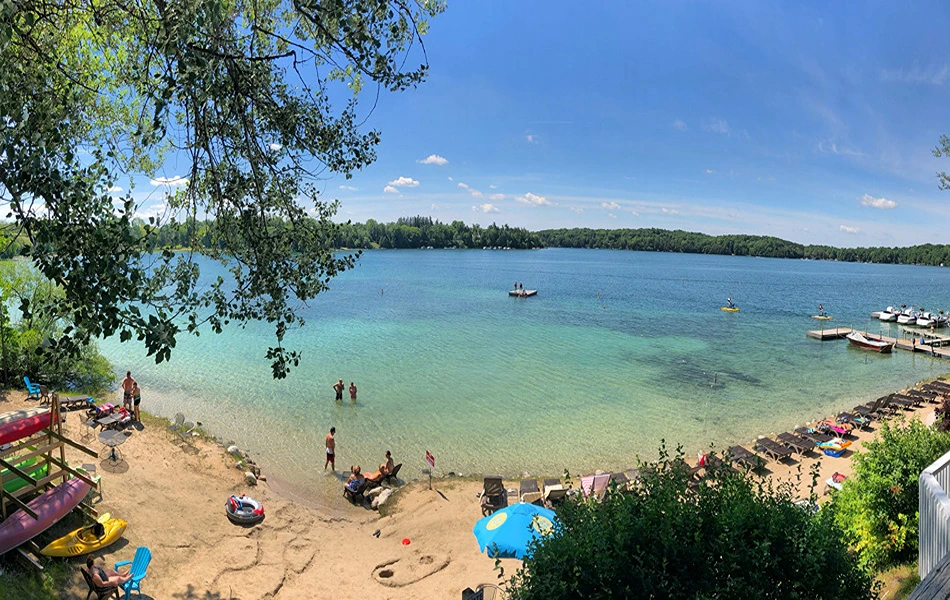
Elkhart Lake, WI Offers Small-Town Charm and More
A trio of time-honored lake resorts carries on the traditions of hospitality...

Virginia Scenic Railway Welcomes Groups
With the addition of two historic, elegant passenger cars, Virginia Scenic...
Latest Itineraries
Explore Our Curated Paths to Adventure
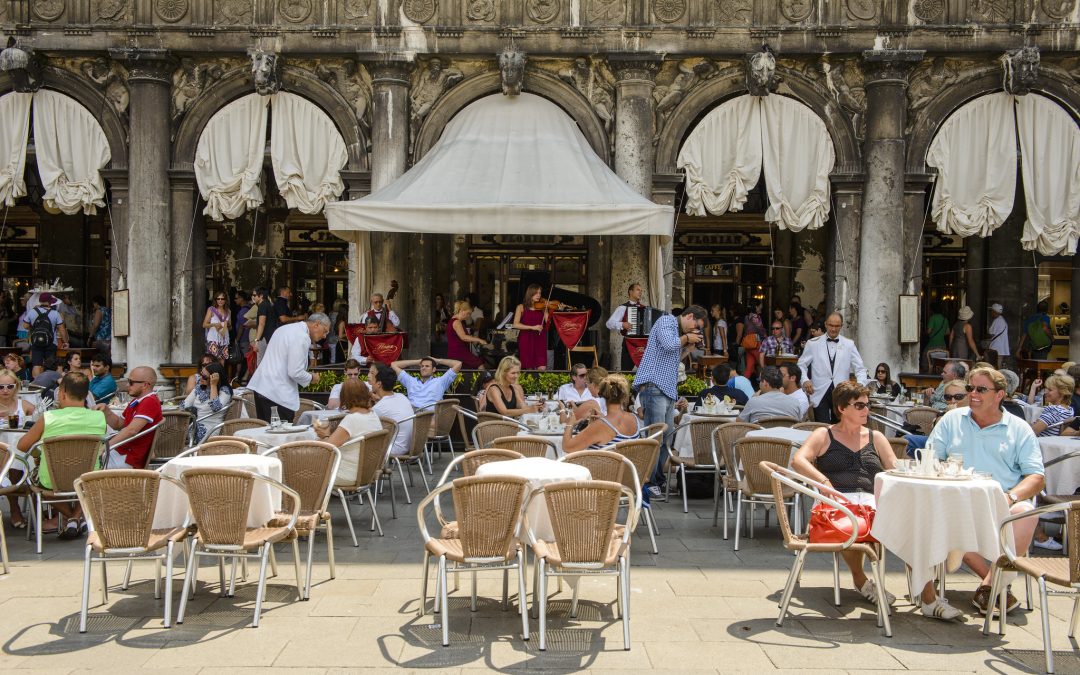
Goway Italian Itinerary: Food and Wine
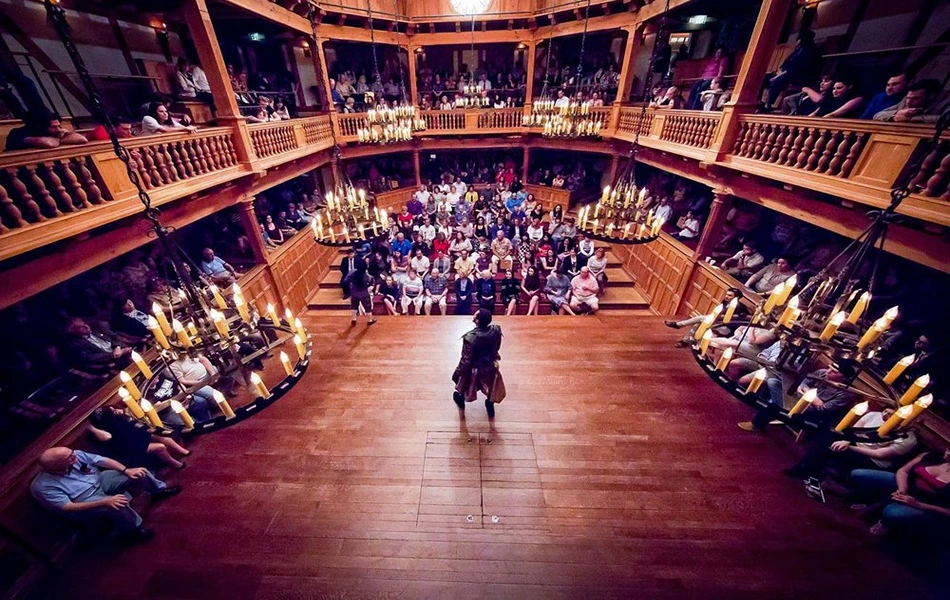
Staunton, Virginia Shines Bright with Arts, Culture & Cocktails
Discover the charm of Eastern Wisconsin with a 3-day travel itinerary. Immerse in rich history, explore picturesque landscapes, and savor the essence of this captivating region
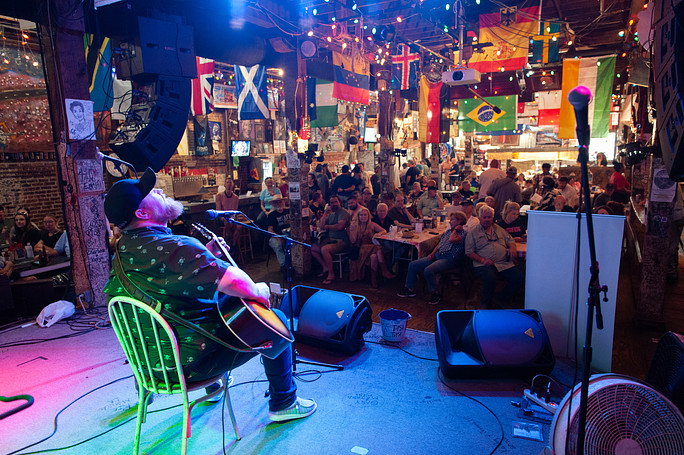
A 3-Day Itinerary for Mississippi: Blues, Food, and History
Discover the charm of Eastern Wisconsin with a 3-day travel itinerary. Immerse in rich history, explore picturesque landscapes, and savor the essence of this captivating region
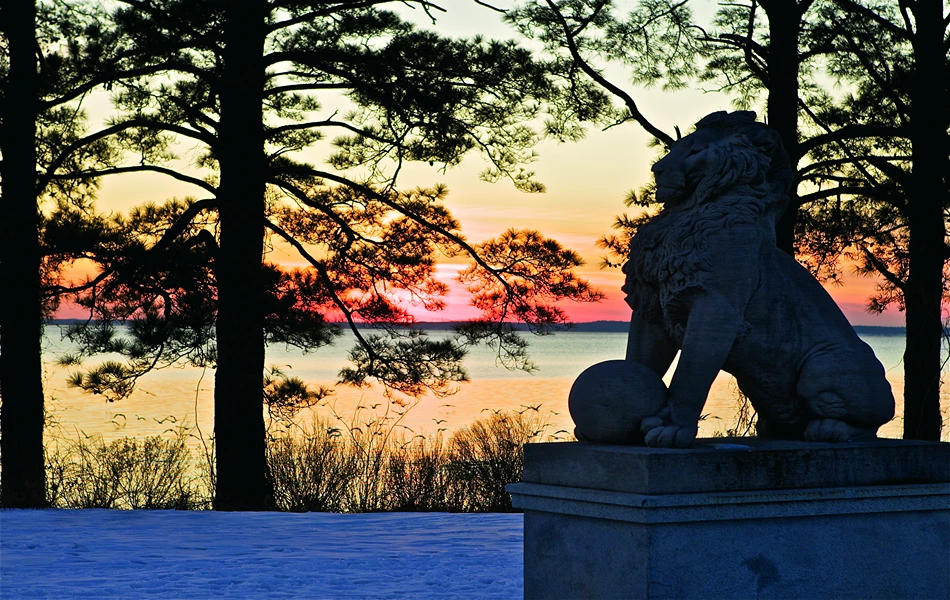
Take a Historic Trip through Newport News, Virginia
Discover the charm of Eastern Wisconsin with a 3-day travel itinerary. Immerse in rich history, explore picturesque landscapes, and savor the essence of this captivating region

Communing with the Past at Manhattan’s Algonquin Hotel
With a cat named Hamlet in a supporting role, a legacy of arts and literature takes center stage at this NYC landmark steps away from the lights of Broadway

Excellent Aquatic Adventures in Great Rivers Country
Hit the Rapids & Hike the Bluffs in this picturesque part of Illinois Few...

Why Esports Tourism is On the Rise
According to Pew Research, the market for this spectator esports is growing rapidly, and its value is estimated to rise from $4.4 billion to $33.38 billion between by 2032.

Exploring The Wonders Of Baja California With Lindblad Expeditions-National Geographic
Lindblad Expeditions–National Geographic’s expedition voyages offer
wildlife encounters, active adventures, outstanding enrichment programs and
memorable cultural interactions

Perks of Getting Your Broadway Tickets in Advance
The appeal of Broadway knows no bounds, inspiring audiences from all different...

Experience a Slice of Life in Baton Rouge
As the capital city of Louisiana, Baton Rouge is the heart and soul of the state’s eclectic culture.

Exploring the Midwest’s Indigenous Heritage: A Journey Through Culture and History
Pay a visit to the Midwest and see first-hand the rich tapestry of Native...

Elkhart Lake, WI Offers Small-Town Charm and More
A trio of time-honored lake resorts carries on the traditions of hospitality...

Virginia Scenic Railway Welcomes Groups
With the addition of two historic, elegant passenger cars, Virginia Scenic...
Latest Itineraries
Explore Our Curated Paths to Adventure

Goway Italian Itinerary: Food and Wine

Staunton, Virginia Shines Bright with Arts, Culture & Cocktails
Discover the charm of Eastern Wisconsin with a 3-day travel itinerary. Immerse in rich history, explore picturesque landscapes, and savor the essence of this captivating region

A 3-Day Itinerary for Mississippi: Blues, Food, and History
Discover the charm of Eastern Wisconsin with a 3-day travel itinerary. Immerse in rich history, explore picturesque landscapes, and savor the essence of this captivating region

Take a Historic Trip through Newport News, Virginia
Discover the charm of Eastern Wisconsin with a 3-day travel itinerary. Immerse in rich history, explore picturesque landscapes, and savor the essence of this captivating region
Recent Publications
Dive into Our Latest Editions: Fresh Off the Press and Ready to Inspire
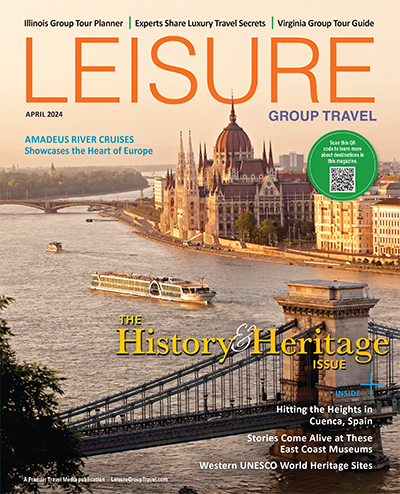
April Leisure Group Travel

Virginia Group Tour Guide

Illinois Group Tour Planner
